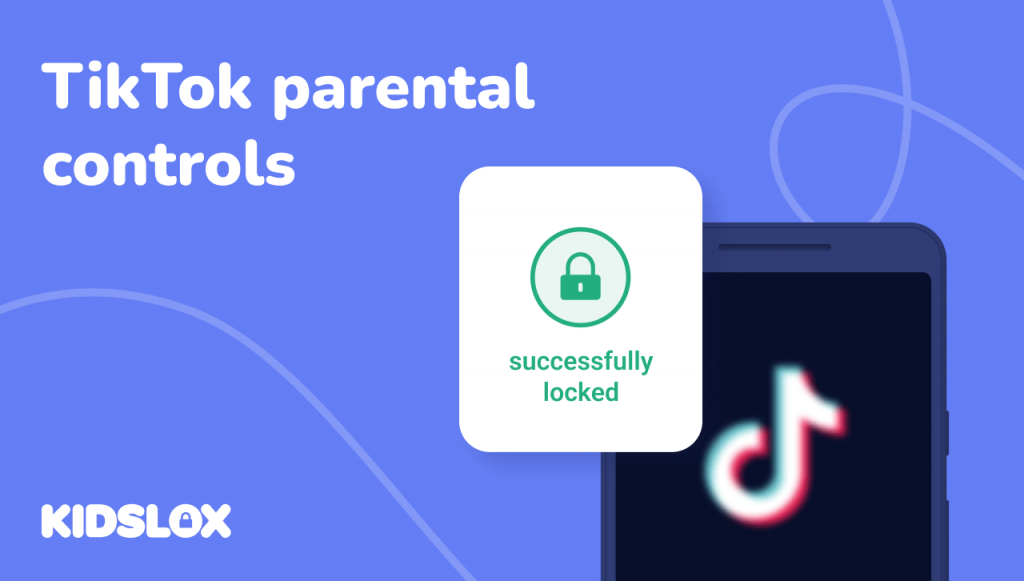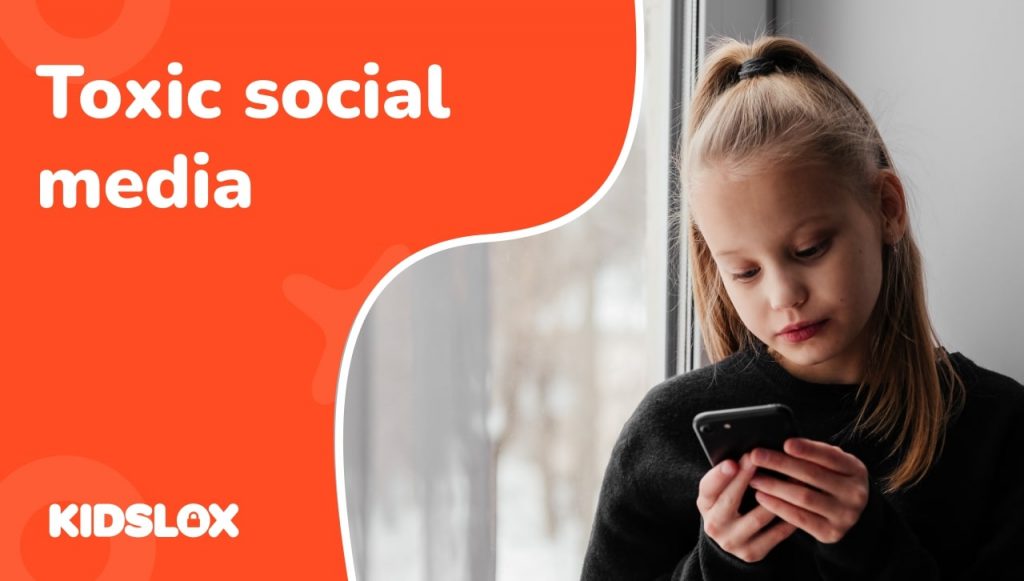Discover the top apps kids and teens can use to learn new languages and explore cultures.
Language learning apps have exploded in popularity in recent years thanks to innovative platforms like Duolingo and Rosetta Stone. These apps use innovative digital methods that make learning new languages fun, engaging, and convenient for adults.
Capitalizing on this trend, software companies have now begun catering specially designed apps just for children and teens. The digital age offers immense potential to foster multilingual skills during a child’s formative years. Companies have leveraged speech recognition, machine learning, and bite-sized gamified lessons to build age-appropriate language learning apps for the young ones.
Early language development experts broadly agree that childhood is an optimal period for picking up languages. Young children demonstrate a better ability to reproduce unfamiliar sounds that may be difficult for adult learners. Plus, allowing kids to learn about different cultures via interactive stories and games nurtures greater empathy and global citizenship from a young age.
The app stores today feature fun and stimulating platforms like Duolingo ABC, Little Pim, Mondly Kids, and Rosetta Stone Kids, amongst others. As we immerse kids in an increasingly digital world, such edtech tools allow us to harness screen time for education meaningfully.
How can you choose which app is best for your child – and what sets different kid’s language learning apps apart? We’ve compiled a list of the top apps – and the features you should look for as you navigate through the latest edtech options.
What are the Benefits of Language Learning for Kids?
- Develops communication skills – Learning languages expose children to different sounds, words, and cadences – which expands their overall communication abilities.
- Builds cultural awareness and sensitivity – Learning a language opens doors to understanding different cultures and ideals, making them more accepting.
- Prepares them for future career opportunities – Multilingual kids stand out on their resumes and can compete in the global job market.
- Improves overall academic performance – Language skills have been linked to better skills in reading, writing, math, and sciences.
- Boosts problem-solving capabilities – Navigating between languages and detecting patterns trains their brain.
- Enhances memory and ability to multitask – Kids learning languages have shown better memories and cognitive flexibility.
- Sparks their interest early on – Starting young fosters a lifelong interest in language learning.
The well-rounded cognitive benefits of bilingualism and multilingualism at a young age make language apps a useful tool for parents seeking to maximize their child’s abilities. So, which app is right for your child’s learning style?
The Top Language Learning Apps for Kids
Duolingo ABC
Duolingo ABC takes a scientific, research-backed approach to teaching young kids aged 3-6 years how to read. The app aims to make reading fun and engaging through bite-sized lessons wrapped in age-appropriate games and stories.
Key Features and Approach:
- Playful interactive games teach components like phonics, vocabulary, and comprehension through activities like rhyming, blending sounds, and predicting story outcomes.
- Lessons are designed by literacy experts and align with Common Core standards and National Reading Panel recommendations.
- Bite-sized 5-minute lessons cater to young attention spans and help spur active engagement.
- 9 skill levels allow kids to move at their own pace based on ability.
- Works offline without WiFi once lessons are downloaded.
- Delightful stories feature relatable characters and situations to foster a love for reading.
- Tracks literacy metrics to monitor a child’s progress over time.
Benefits and Effectiveness
- Comparable to 2 months of kindergarten gains after just eight weeks as per independent study.
- Systematic phonics and decoding instruction build towards reading proficiency.
- Vocabulary and comprehension-focused stories promote holistic language growth.
- Review methodology aligned expert guidelines for early reading development.
With a fun, gamified approach grounded in literacy science, Duolingo ABC is an engaging way for young kids to foster foundational reading skills and a lifelong love of learning.
Memrise Kids
Memrise is a popular language-learning app that uses videos, audio, and games to help pick up new languages. It targets learners of all ages, including kids and teens, and uses video-based learning to help those who learn by watching.
Key Features and Approach:
- Uses real-world videos of native speakers with subtitles to expose learners to conversational vocabulary.
- Allows learners to set daily goals and practice schedules to stay motivated.
- Interactive games, mems, and flashcards help reinforce retention of new vocabulary.
- Range of languages including Spanish, French, German, Chinese, Japanese, Italian and more.
- Basic features are free, but advanced feedback and content require a paid subscription.
Benefits and Effectiveness
- Immediate exposure to real-world spoken language through videos makes lessons more engaging.
- Allows learners to master frequently used travel and conversational vocabulary.
- Rewards and reminders nurture regular practice critical for language retention.
- Activities like games, quizzes, and flashcards cater to different learning styles.
With its use of media, goal-setting, and spaced repetition, Memrise can be an effective and entertaining way for kids to start gaining proficiency in foreign languages.
Mondly Kids
Mondly Kids is a popular language learning app using games, illustrations, and audio lessons to help young kids aged 5-12 pick up new languages. From educational experts Pearson and Oxford University Press, Mondly Kids offers a playful approach to language learning that keeps kids engaged and motivated.
Key Features and Approach:
- Game-based lessons featuring topics that appeal to kids, like animals, food, and family.
- Audio lessons use native speakers to allow kids to pick up accurate pronunciation.
- Fun illustrations and sounds make lessons lively and engaging.
- Bite-sized daily lessons cater to young attention spans.
- It supports over 30 languages, including Spanish, Mandarin, and English.
- Named Google Play’s Editor’s Choice for educational quality.
Benefits and Effectiveness
- Game-based approach taps into kids’ natural desire to learn through play.
- Exposure to native speakers builds better listening and speaking skills.
- Mix of games, visuals, and audio cater to different learning styles.
- Short daily lessons fit kids’ limited attention spans.
- Aligns with research on cognitive benefits of early bilingualism.
With its multi-sensory game-like lessons, Mondly Kids can be an entertaining starting point for young language learners to develop vocabulary and pronunciation. The app allows customizable pacing aligned to each child’s strengths and interests.
Rosetta Stone Kids
Rosetta Stone is a leading language learning brand designing specially designed programs for K-12 students. Building on the effectiveness of Rosetta Stone’s renowned immersion method, Rosetta Stone Kids introduces kids to a new world of language learning.
Key Features and Approach:
- 25+ years of experience building award-winning language curriculums.
- Adaptive TruAccent speech recognition ensures students master accurate pronunciation.
- Offline accessibility allows learning without online connections.
- Dashboard tracks progress across vocabulary, grammar, listening, reading, and speaking.
- Supports learners of all abilities via adjustable pacing.
- Accessible on any device – laptop, desktop, tablet, or smartphone app.
Benefits and Effectiveness
- Leverages proven Dynamic Immersion method without translation or memorization.
- Models native speakers for better oral and listening proficiency.
- Games and interactive activities tailored towards student engagement.
- Used by over 9000 K-12 schools to boost language learning.
With its research-backed methodology and customization for young learners, Rosetta Stone can uniquely nurture deep language proficiency in students beyond basics.
Learn more about Rosetta Stone Kids
Little Pim
Little Pim is an award-winning language learning program specifically designed for babies, toddlers, and preschoolers. As the youngest-focused app on our list, Little Pim may be a great way for your child to start learning language at the earliest age.
Key Features and Approach:
- Uses short 5-minute video lessons featuring a panda mascot to engage young kids.
- Native speakers introduce 360 essential words/phrases across 12 languages.
- Reinforces vocabulary through entertainment immersion methodology using repetition.
- Themes like colors, shapes, animals, and food make content age-appropriate.
- Supplemental parent guides and printable activities help drive retention.
- Available ad-free on all devices – laptops, mobile apps, tablets.
Benefits and Effectiveness:
- Videos hold kids’ limited attention span better than traditional methods.
- Learning through play aligns with research in early childhood education.
- Building a strong language foundation supports overall communication skills.
- Exposure to new languages is tied to improved academic and social abilities.
With its engaging video content and multi-sensory teaching method, Little Pim can make foreign language learning entertaining and effective for tiny tots. The program allows play-based practicing at a pace suited for each toddler.
What Features Should I Look For In A Language Learning App?
So, with all the apps on the list above, how do you know which is right for you? It starts with knowing what you need and what features will help you achieve your language learning goals.
- Gamified approach with rewards and points to drive engagement through fun.
- Adaptive learning that adjusts lesson difficulty based on child’s strengths and weaknesses.
- Speech recognition technology for the child to practice proper pronunciation.
- Offline accessibility so the app works without continuous internet.
- Bite-sized lessons that align with limited attention spans of kids.
- Visually stunning graphics, animations and video content to capture interest.
- Curriculum designed specifically for grasp of kids versus just adults.
- Dashboard for parents to track the child’s vocabulary growth and areas of difficulty.
- Variety of languages offered beyond just the most popular ones like Spanish, French etc.
- Mobile app allowing learning on smartphones and tablets on-the-go.
The right language app will leverage interactivity, customization, and multimedia to make sure kids don’t lose interest while building their bilingual abilities. robust parental controls are also essential to manage and monitor usage. With the ideal mix of education and entertainment, language apps can elevate children’s linguistic capabilities.
Find More Great Parent Resources with Kidslox
Language learning apps for kids make learning fun and engaging – and as a parent, knowing that your child is having fun while learning can be a huge relief. Want to learn more about finding the best apps and games for kids? Check out the full set of resources at Kidslox!
The Kidslox blog features the latest news and authoritative perspectives on technology’s beneficial and potentially concerning impacts on childhood development. Through detailed kids app reviews, expert interviews, product comparisons, and personalized recommendations, Kidslox empowers parents to make informed decisions about their child’s digital diet.





